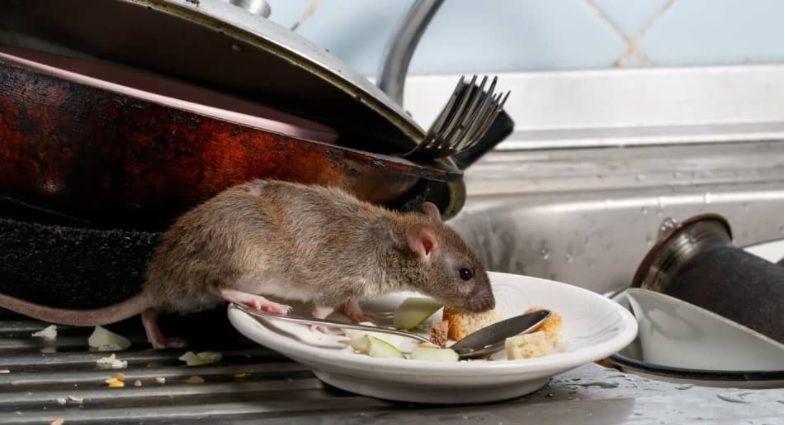
Experts say more than mice could be at risk in your household from misguided baiting. Photo: File.
While rural communities around 200 km or more away from the ACT are beginning to see the effects of the long-running mouse plague, Canberra and surrounds are thus far largely free of the invaders, with fingers crossed that a cold winter will keep us safe.
Conservationists, including the venerable Birdlife Australia group, are warning that the rollout of a highly toxic chemical bait in surrounding NSW could wreak havoc on native wildlife. They are advocating strongly for trapping as an alternative control method or using other, less harmful, rodenticides.
And local wildlife experts warn that it’s not only magpies, butcher birds and owls who could be affected by misguided use of the chemicals, but also family pets.
“If mass baiting occurs in Canberra, dead and dying mice, and those carrying sub-lethal loads, will be eaten by magpies, butcherbirds, currawongs and kookaburras, among others, many of which will die or become fatally weakened. Family cats and dogs will also be affected,” local nature expert and Region Media columnist Ian Fraser warns.
“We need to think this through much more thoroughly and take advice from ecologists and ornithologists, not just the pest control industry.”
Mice have been sighted in significant numbers west of Young and around Tumut, and there’s a noticeable increase closer to the ACT. But reports that millions of mice are rolling unstoppably in our direction are not accurate at this point, and experts say that taking preventative action with excessive baiting could be highly damaging.
Mice in plague proportions will reach a density of up to 3,000 per hectare. The ACT last experienced a major mouse plague in 1994, and researchers say that while mice enjoy the shelter of warm houses, large numbers won’t survive sub-zero temperatures and winter rainfall.
The NSW Government has requested an emergency permit to use large quantities of Bromadiolone in agricultural areas, a second-generation anticoagulant that kills animals by causing internal bleeding.
It does not kill immediately or break down after it is ingested, meaning mice who have eaten it can be caught and eaten by other animals. Studies in Australia have found rodenticide in dead birds of prey, including boobook owls and wedge-tailed eagles.
Poisoning with these baits is extremely painful for wild birds, but the chemicals are widely available on supermarket shelves, which were reportedly stripped bare this week by Canberrans.
Grain farmers, in particular, have welcomed the news in an effort to combat huge numbers of rodents on the ground, which are destroying machinery, eating crops and wreaking havoc.
However, BirdLife Australia says that if the NSW Government’s request is approved by the Australian Pesticide and Veterinary Medicine Authority (APVMA), unprecedented amounts of Bromadiolone will enter natural food chains. They’ve described plans for mass baiting with the chemical as “extremely concerning”.
“As we try to control the harmful impacts of the mouse plagues affecting some regions right now, we need to make sure native birds and wildlife don’t suffer unintended impacts,” says BirdLife Australia Urban Birds Program Manager Holly Parsons.
“When the APVMA reviewed the use of rodenticides last year, we called for a ban of their use except by licenced professionals due to the harmful impacts they have on birds.
“Obviously, measures need to be taken to combat the mouse plague and support regional communities, but there are other, less harmful chemicals available.”
Ian Fraser agrees.
“It’s now almost 60 years since Rachel Carson, in her book Silent Spring, warned us of the catastrophic effects of widespread pesticide use in the environment and, in particular, on birds,” he says.
“While it changed in many ways how we thought about pesticides, we are often still too ready to reach for the poison as a first option and ignore the impacts on the rest of the interconnected web of life.”












